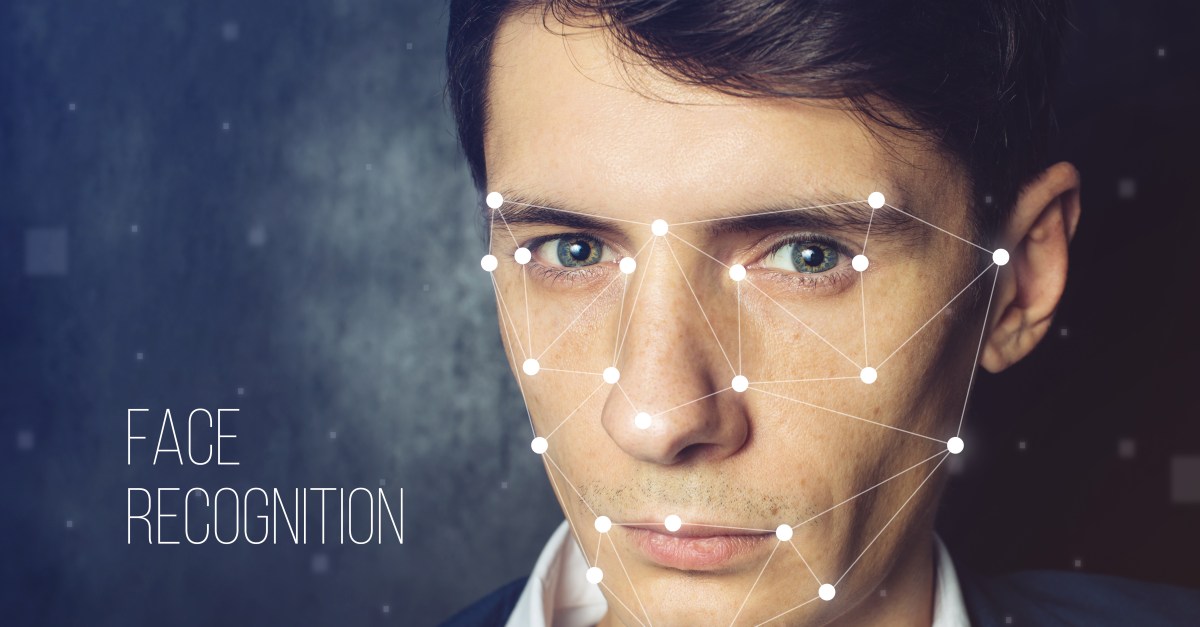“If you want to, and you know how, you can become someone else, just like that, real easy,” Charles Hollin (note:our photo is posed by a model) bragged to his friends and coworkers, letting them know that he had the fake hair pieces and mustaches to pull it off.
And then, he did just that. The suspected child kidnapper and molester disappeared, slipping away from arrest and remaining a fugitive, hiding under an identity he stole from a dead eight-year-old boy, for 18 years.
But if you want to, and you know how, and you’re in the FBI, and you have access to top-secret government databases of people’s photos, you can find someone with facial recognition.
The US Attorney’s Office for the Southern District of Indiana announced last week that Charles Hollin, 61, aka Andrew David Hall, has been arrested and charged with unlawful flight to avoid prosecution in the January 1999 kidnapping and child molestation of a 10-year-old girl. He’s also charged with identity theft.
Using the name of a boy who’d been killed in a car crash, Hollin managed to hide from the law by first moving to Minnesota, then to Oregon. As an FBI agent described in the affidavit, the death certificate for the boy – whose name was Andrew David Hall – lacked a taxpayer ID.
Because that box hadn’t been filled in, Hollin was able to get the driver’s licenses, Social Security number and passport using the dead boy’s name, FBI agent Todd Prewitt wrote in the affidavit.
The Indianapolis FBI bureau began running a Facial Analysis, Comparison, and Evaluation (Face) request for the fugitive in October last year. Multiple databases full of driver’s license photos were searched, but not the ones for Oregon and Minnesota: in those states, it’s prohibited by law.
That well may have slowed the FBI’s tracking of Hollin, but they got him in the end thanks to the vast, deep reservoir of images the government has amassed.
How big? In August, a Government Accountability Office (GAO) report revealed that the FBI’s massive face recognition database has 30m civil and criminal mugshot photos, along with the State Department’s visa and passport databases, the Defense Department’s biometric database, and the drivers license databases of at least 16 states.
In total, at the time of the GAO’s report, the FBI’s Face Services unit had access to nearly 412m million images, most of which are of US people and foreigners who have committed no crime, according to the Electronic Frontier Foundation.
Some of those facial recognition databases are “top secret”, according to court documents. Agent Prewitt wrote this in the affidavit:
The Department of Motor Vehicles for Minnesota and Oregon were not searched due to the fact that it was prohibited by law. Additional searches were conducted in various federal secret and top secret databases. All of these searches were negative.
It was Hollin’s passport application photo that gave him away. He had filed the application in 2007, again under the dead boy’s name, in order to travel to China. Just before Christmas, the FBI’s Face search hit on it as a possible match, comparing it to photos of Hollin taken before he disappeared.
That led to a birth certificate for Hall that, starting in 1999, was linked to an Indiana PO box address. The PO box address was located about 10 miles from where Hollin was living before he disappeared.
Hollin will be returned to Indiana, where he’s accused in the January 1999 kidnapping and sexual molestation of a 10-year-old girl after allegedly approaching her outside a girls club and asking her for help in retrieving keys from his car. Hollin was eventually traced to his job, working at a Walmart in Salem, Oregon, and was arrested last week.
He’s not the only long-running fugitive who’s been tracked down with the use of facial recognition. In August 2014, the FBI caught Neil Stammer, a child sex abuse suspect who’d been hiding out in Nepal and who’d been on the run for 14 years.
Catching suspected child predators is a positive for facial recognition, but the debate about the increasingly widespread use of this new technology rumbles on – in particular, about the absence of rules that would protect privacy.
In June, the Electronic Privacy Information Center (EPIC) joined with a coalition of 45 organizations to urge Congress to hold a hearing on the FBI’s biometric database and the risks of facial recognition technology, which include false positives and the risk of law enforcement misusing the technology.
Case in point: in November 2012, a former police officer was awarded just over $1m after she filed suits charging privacy invasion against fellow officers who illegally accessed her driver’s license photo and address more than 500 times.
That happened in Minnesota, by the way: one of the states where it’s now illegal to search driver’s license image databases.

John Bryan
This really shows what could be the bensfit from legitimate state use of biometric data. But without controls can you imagine how this would have been used in the days of McCarthy. Just being seen near a protest would get you identified and banned from government work and other industries. How the data is collected, stored should have strict judicial oversigt and use should have judicial control. After all McCarthyism was just a swing in political mood, something like that could easily happen again. Use for this purpose is great, it is restricting the who and why of it’s use that is of concern.